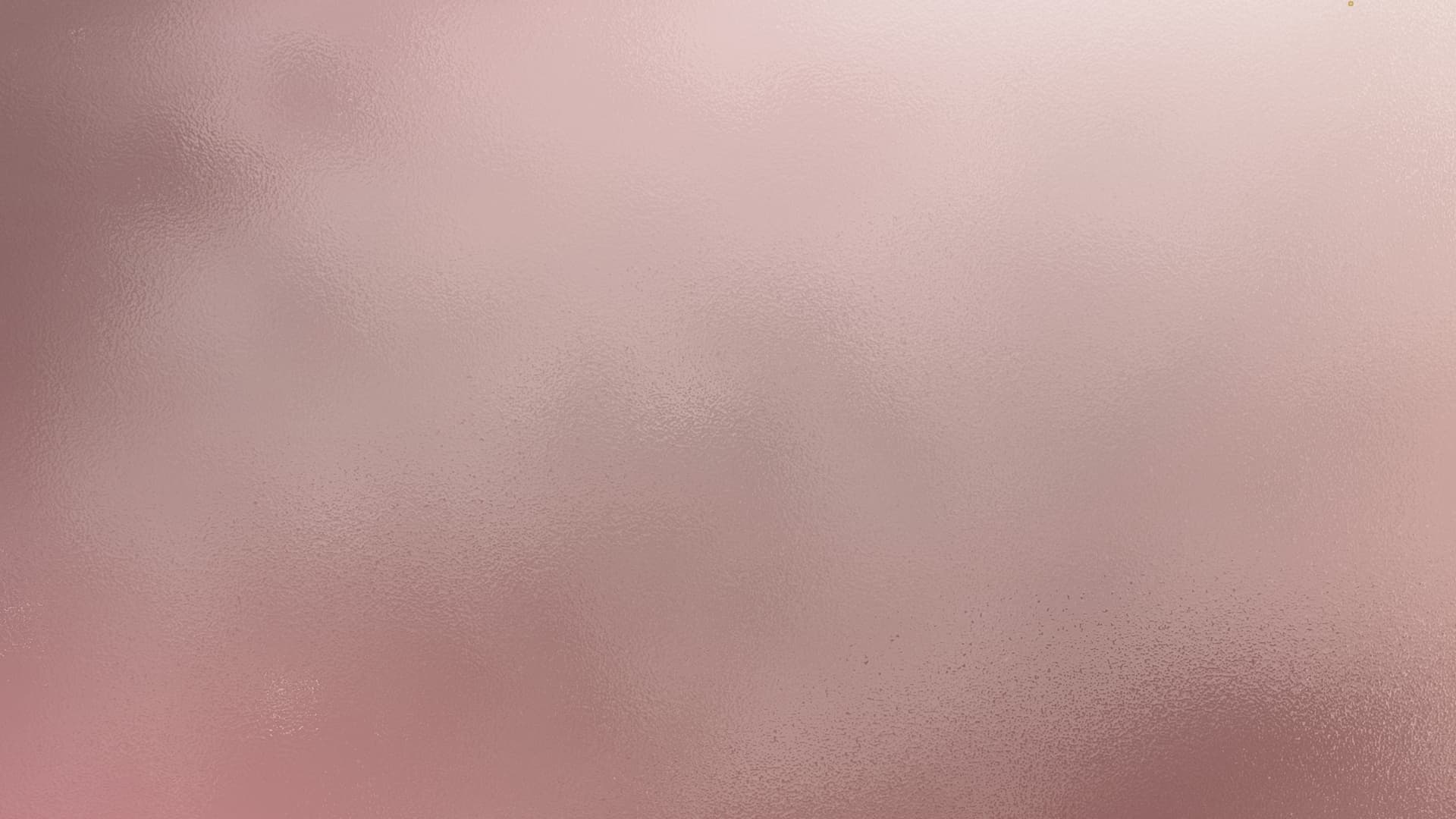




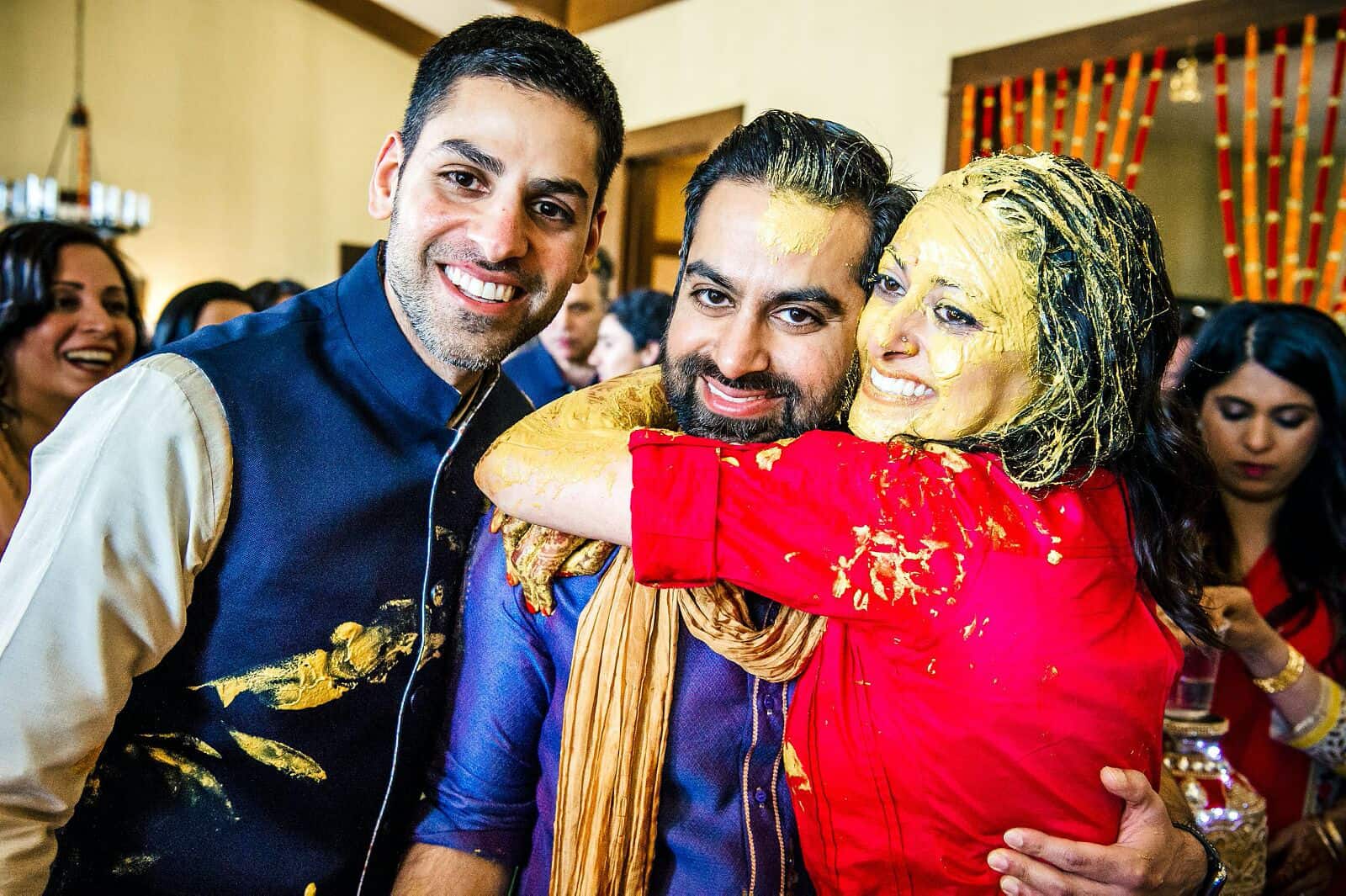
Indian weddings are known for elaborate and meaningful pre-wedding rituals. The Haldi ceremony is one of the most important rituals as it marks the beginning of the wedding ceremonies. Traditionally, the Haldi ceremony is held at the bride’s as well as the groom’s houses respectively before the wedding day. During the Haldi ceremony, a rich golden paste is applied onto the bride’s and groom’s skin before a ceremonial bath. The golden paste gets its robust color from turmeric. The word ‘haldi’ is the Hindi translation of the word ‘turmeric’, and that’s where this important ritual gets its name from.
Making the perfect haldi paste
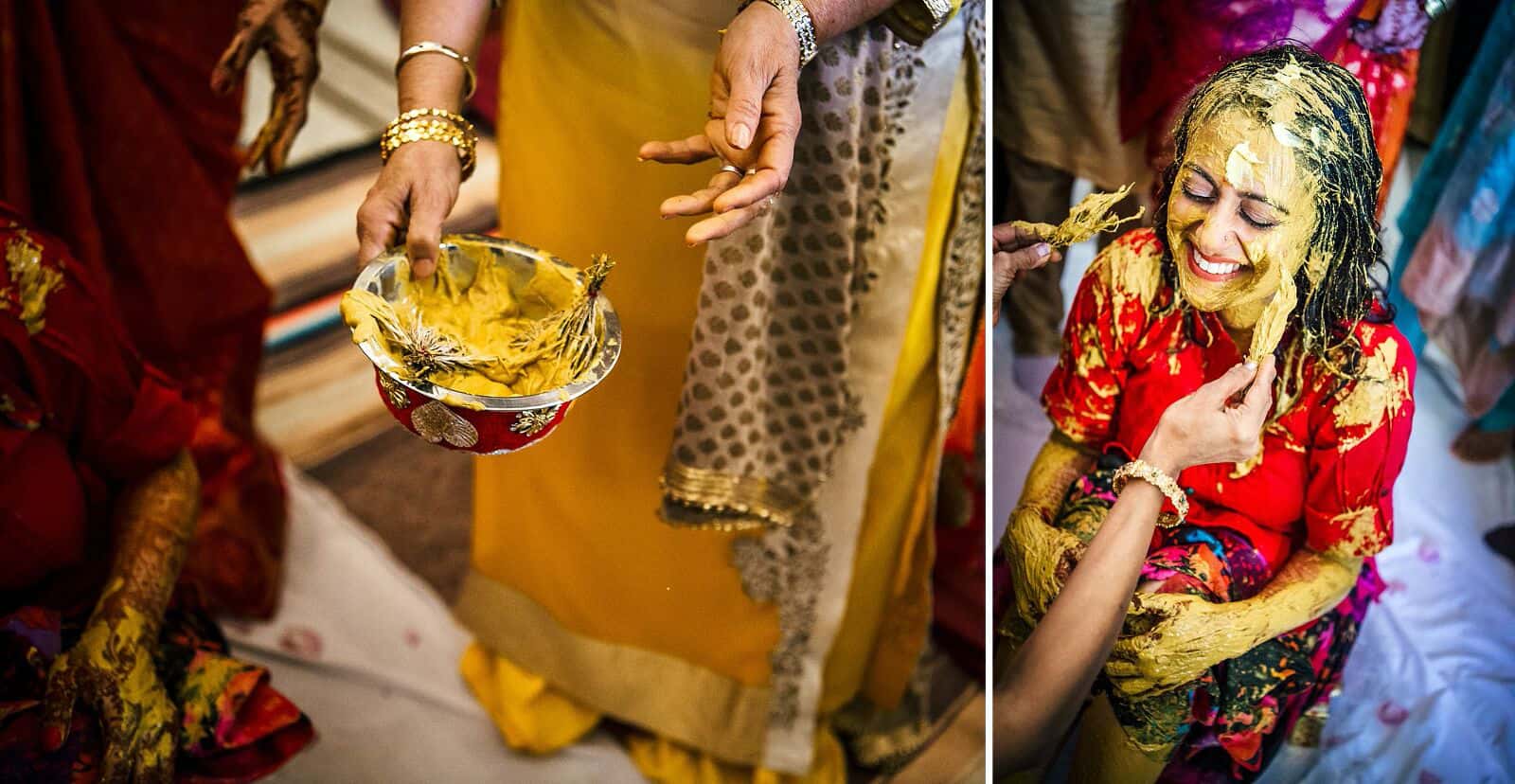
This paste is known by various names like Tel Baan, Mandha and Ubtan depending on which part of the country (India) you’re from. The perfect haldi paste is made with turmeric which is the main ingredient and a mixture of a few or all of the ingredients mentioned below:
As part of a long-established custom, this paste is generally made by the women of the respective houses.
The significance of the Haldi ceremony
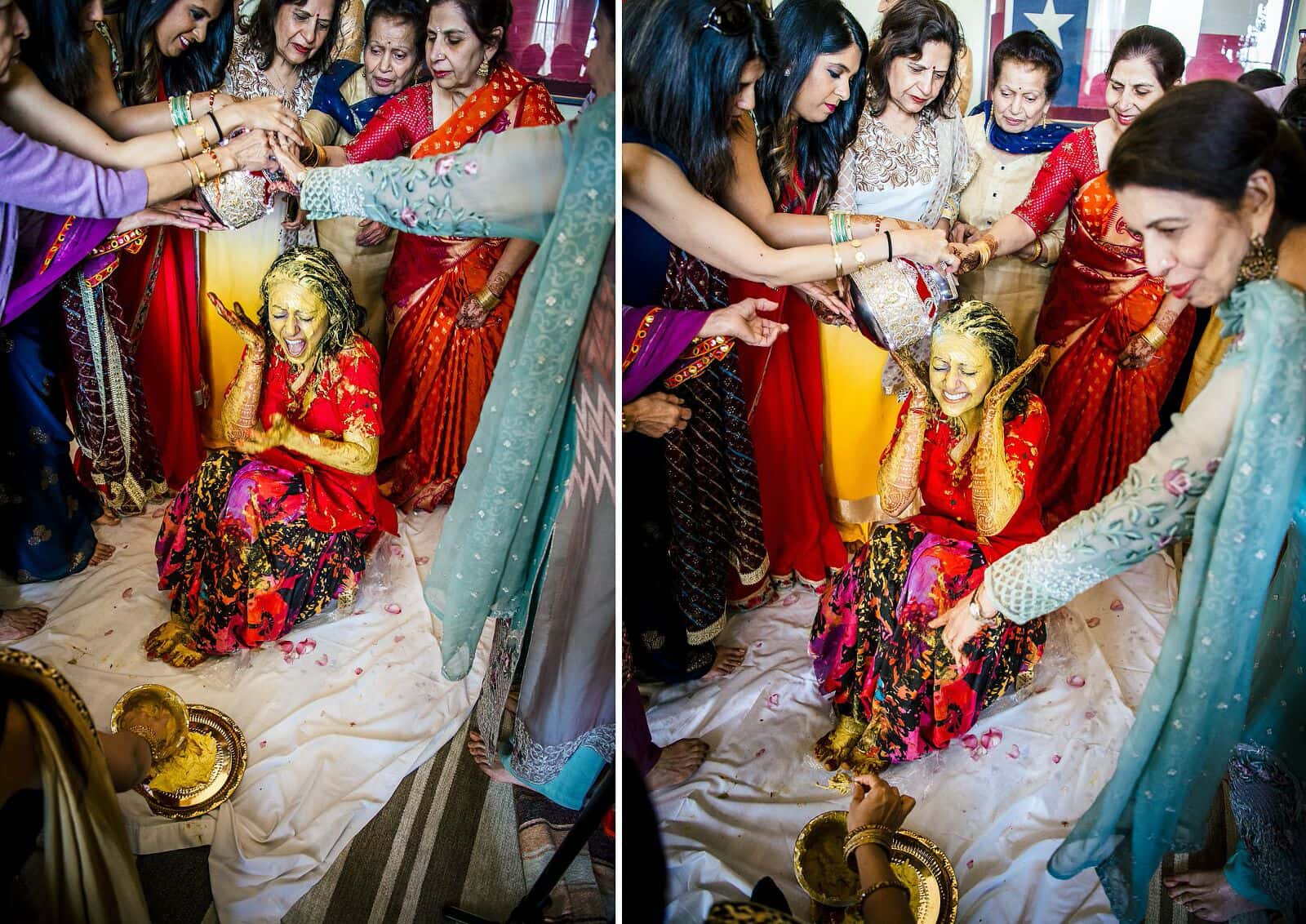
The color yellow and the ingredient turmeric have always been considered auspicious by Hindus. Turmeric signifies fertility, purity, good luck and good health. The properties in turmeric are very good for the skin, and hence this paste is believed to lend the bride’s and groom’s skin a healthy glow and shine. The antioxidant curcumin found in turmeric is known to counter nervous feelings and thus helps to relax and calm the to-be couple before they tie the knot. Many also believe that performing the Haldi ceremony will help ward off evil spirits that might affect the bride and groom.
The process of the Haldi ceremony

The Haldi ceremony is performed by both, the bride and the groom in the morning, one or two days before the wedding. Fresh turmeric paste is applied to the bride’s and groom’s body, including the the face, neck, hands and legs. Generally, the paste is applied to their skin with mango leaves, but you can also use your hands. Like every Indian wedding ceremony, the Haldi ceremony is also accompanied by traditional song and dance. In some Indian cultures, the bride and groom even apply the haldi paste to their unmarried siblings and friends in hopes that it might bring them good luck too.
The Haldi ceremony is practised to prepare the bride and groom for their wedding. It ends with the elders of the family giving the to-be couple their blessings as they enter a new phase in their lives. The occasion is usually an intimate affair celebrated with close family members and friends.
Couple:
Images by: Svetlana Photography

If you have decided that a pandemic won’t get in the way of your big day, then a micro wedding might be the way to go...
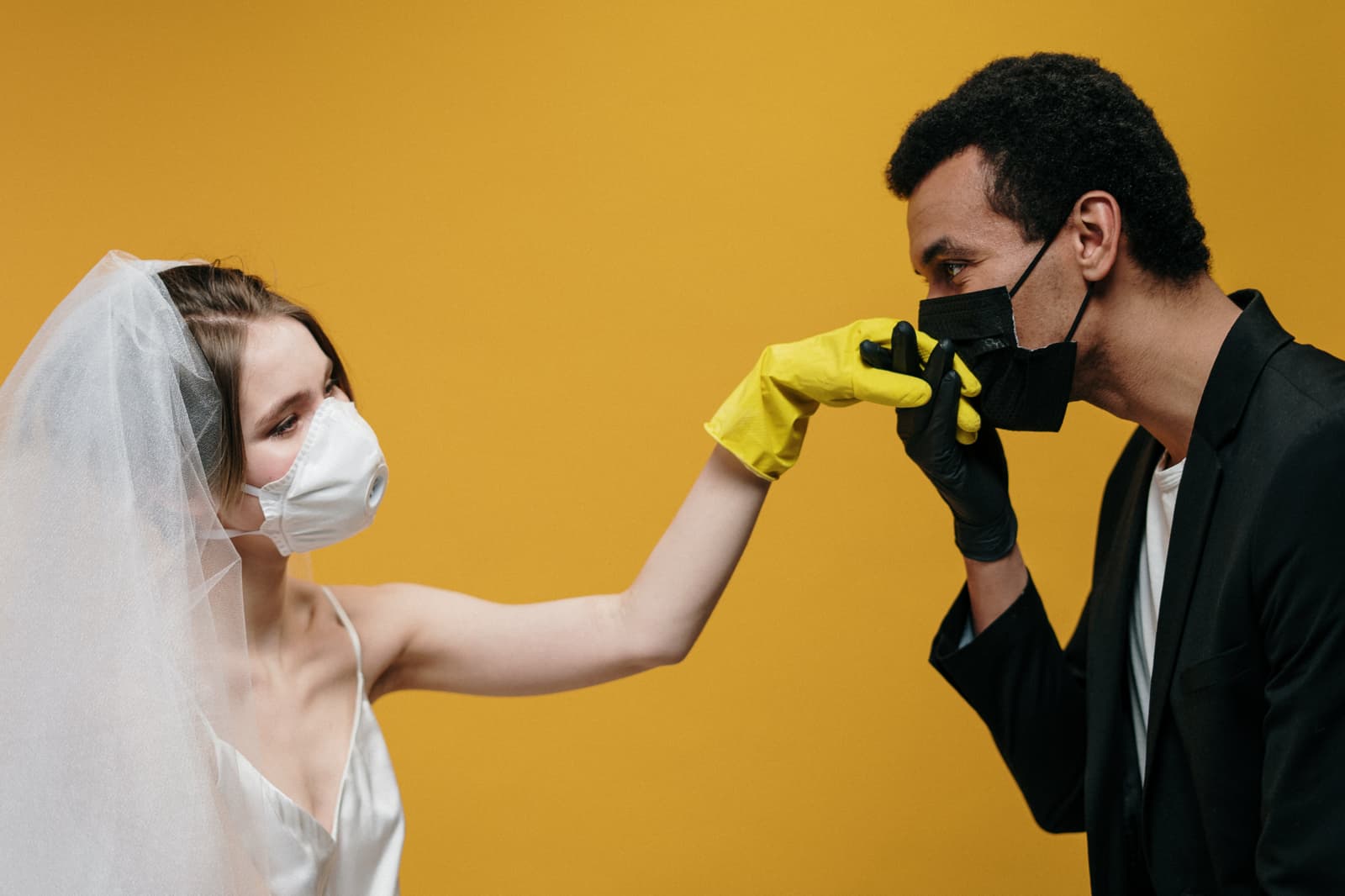
The COVID-19 pandemic has thrown the world into disarray, and just like every other industry, the wedding industry ha...